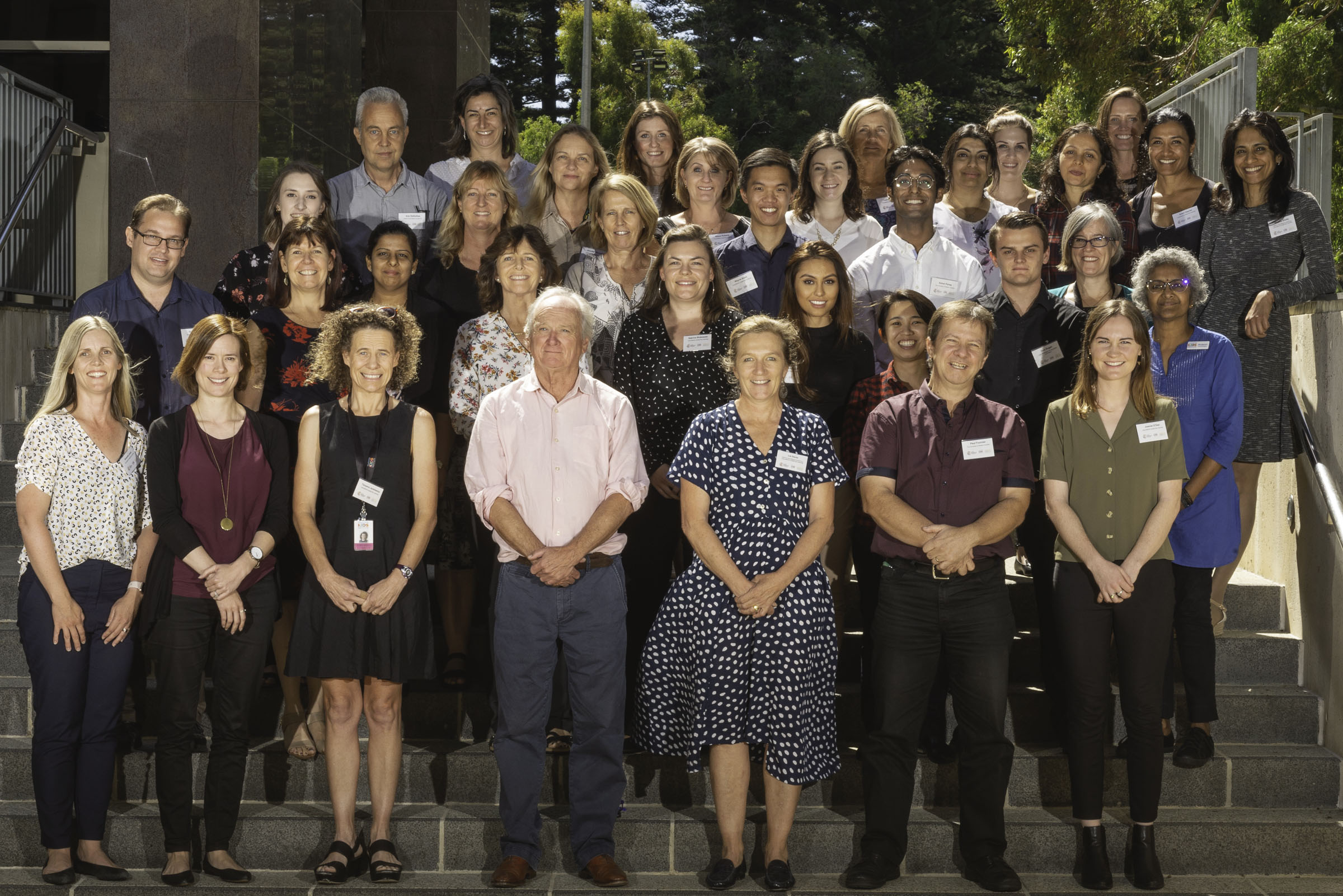Search

Find out what the Children's Diabetes Centre is and what research it is conducting.

Pump Comparison tool . This easy-to-use updated comparison tool is designed to help you pick the right device for your family.

Websites we think you'll find useful.
Research
Severe winter asthma exacerbations can be prevented by omalizumab, but there is no carryover effect.Recurrent severe asthma exacerbations are associated with decreased lung growth or accelerated loss of long function and add substantially to cost and morbidity
Research
Liquor landscapes: Does access to alcohol outlets influence alcohol consumption in young adults?Longitudinal analyses showed that for each increase in liquor stores over time, alcohol consumption increased
Research
Identification and characterization of a dendritic cell precursor in parenchymal lung tissueThis is the first study to describe a pulmonary precursor cell for dendritic cells in lung tissue
Research
Endocrine and metabolic consequences due to restrictive carbohydrate diets in children with type 1 diabetes: An illustrative case seriesWe describe a series of 6 cases where adoption of a low carbohydrate diet in children impacted growth and cardiovascular risk factors with potential long-term sequelae.
Research
Altered regulatory T-cell fractions and Helios expression in clinically isolated syndrome: clues to the development of multiple sclerosisThese results indicate that T regulatory (Treg) and follicular T regulatory (Tfr) impairment is an early feature in MS.
Research
The Promise of Electroencephalography for Advancing Diagnosis and Treatment in Neurodevelopmental DisordersNeurodevelopmental disorders (NDDs), such as autism spectrum disorder (ASD), attention-deficit/hyperactivity disorder, and intellectual disability (ID), commonly emerge during early development and impact functioning across cognitive, social-emotional, communication, and sensorimotor domains.
Research
Outcomes of an international workshop on preconception expanded carrier screening: Some considerations for governmentsConsideration of expanded carrier screening has become an emerging issue for governments.
